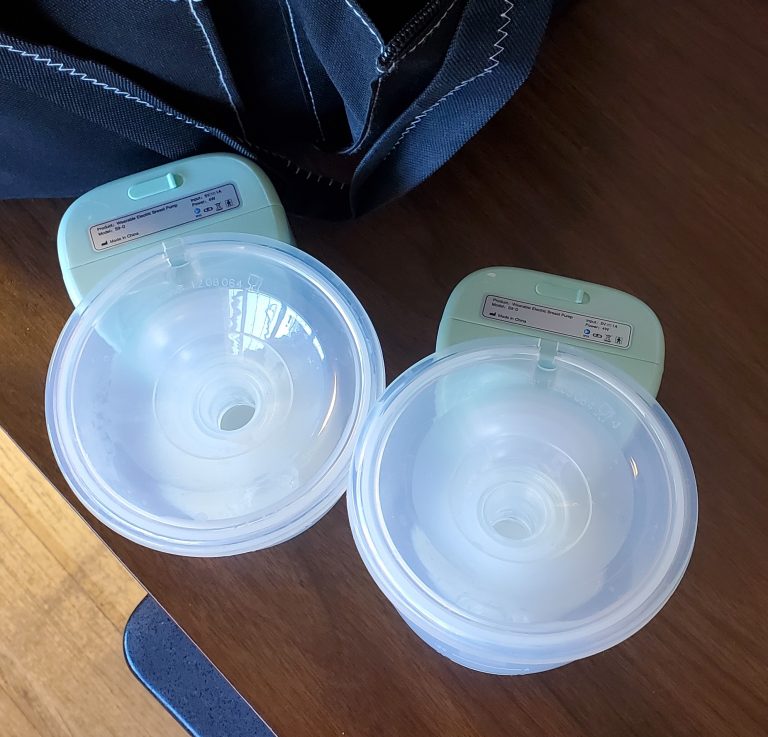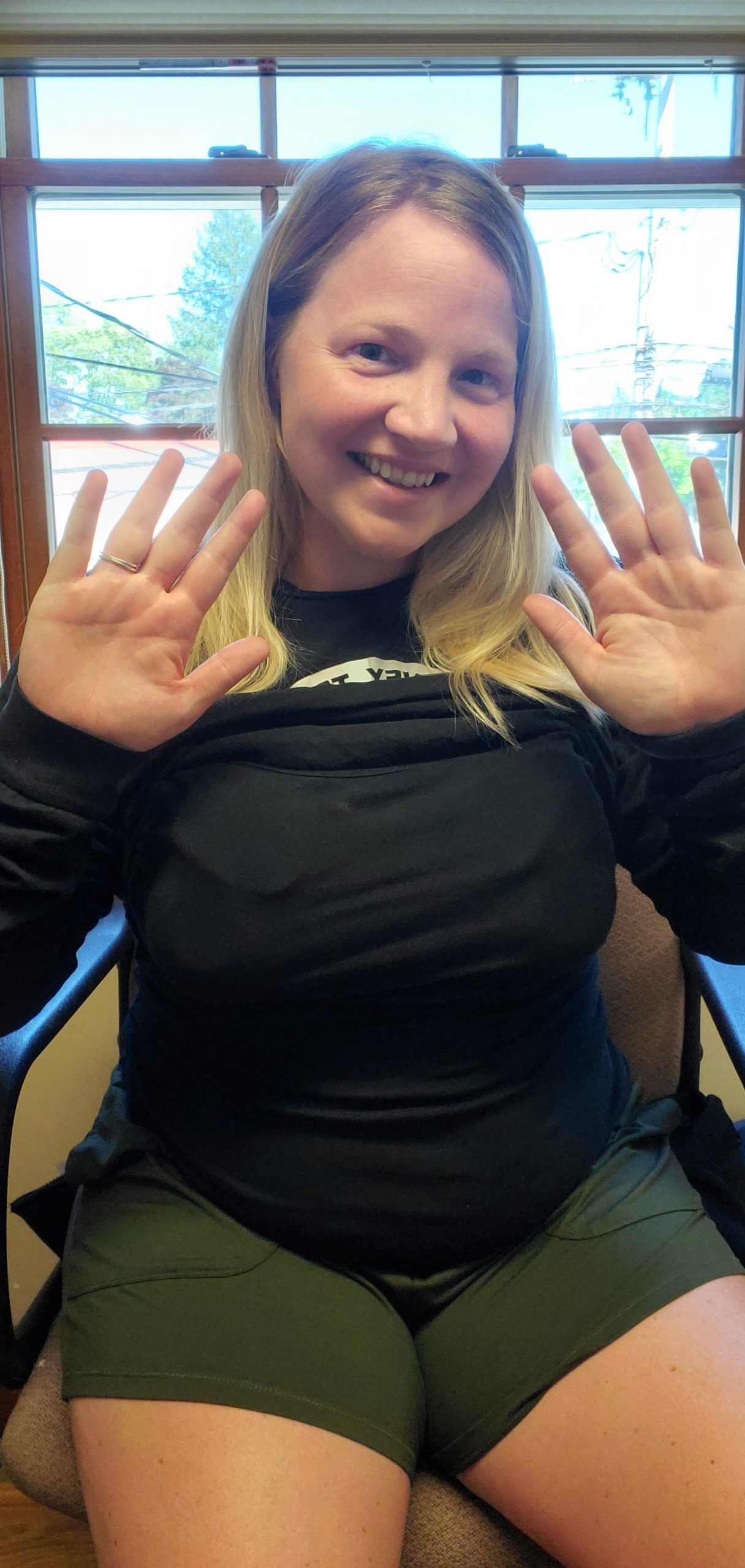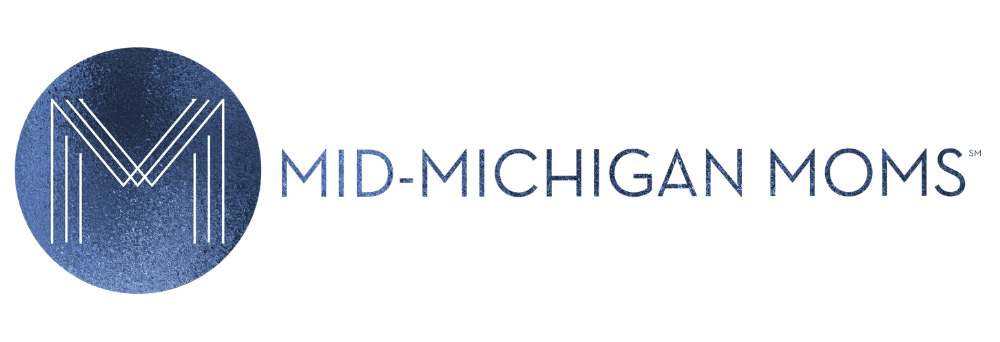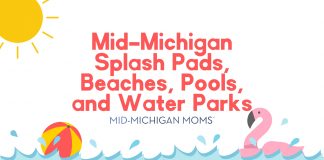Breastfeeding is one of the most natural things a mother can do, but it’s definitely not easy for all moms. With my first child, I suffered through cracked and bleeding nipples, milk blebs, drastic dips in my supply, a bad, painful latch, and major anxiety. I had done a lot of research on breastfeeding during my first pregnancy, but nothing prepared me as life experience could.
The second time around, I’m doing things differently, with much more knowledge and support and it’s made a world of difference. Save these suggestions to make your life easier as a breastfeeding mom!
Here’s how I’ve handled round two of breastfeeding to make it “easy”:
“Easy” Tip #1, Rice Heating Packs:
In the beginning, a heating pad was my best friend. I used two microwavable rice packs, one for my cramping uterus and the other across my chest to warm and relax my breasts. This not only manages pain but can also encourage milk flow. I scored the rice packs from my hospital’s OB unit, but you can make them yourself or buy them as well. If you are the DIY type you can sew your own or make a no-sew version from a sock. If you’re not craft-inclined, I’ve seen them in the first aid aisle at many retailers and even spotted some made by a local vendor at a farmers’ market. Warm rice packs are a lifesaver in the early post-partum days but can be used throughout your breastfeeding journey to relieve pain from engorgement, painful letdowns, and clogged ducts. Heat can also loosen clogs and help with milk flow.
“Easy” Tip #2, Leak Collectors:
I NEVER used leak pads this time around. Not once. I exchanged them for the Haaka Ladybug Silicone Milk Collectors and never looked back. Every single drop of leaked milk was collected and used instead of leaking into a pad and going to waste. I used the traditional Haaka in the past, which is great, but not as sleek as the Ladybug cups that just slip into your bra. They can be worn while feeding, pumping, cleaning the house, or while grocery shopping and running errands. The Ladybug collector works simply by fitting over your nipple, inside your bra, and catching leaks. You can collect your let-down on one side while you nurse on the opposite side or catch general leaks throughout the day. The cups are discreet but not completely invisible so you may have to play around with outfit choices depending on your comfort level with wearing these out in public. I combined and stored my collected leaks in the fridge and eventually froze the milk to use later. Using this collection method I had over 100 ounces of frozen milk without ever turning on a pump. While everyone’s supply is different, every ounce that doesn’t go to waste is a win. You can also use the milk collector to do an Epsom salt soak on your nipple if you ever get a clog, sore nipples, or a milk bleb. Simply fill the Ladybug with very warm water, add Epsom salt and lean over to place the cup on your nipple without leaking. Once the silicone and your skin have created a seal, you can stand back up and enjoy your portable nipple soak.


“Easy” Tip #3, Mason Jars:
Mason jar bottles have completely streamlined the container aspect of breastfeeding for me. Mason Bottle Company sells nipples, caps, silicone sleeves, and lids that convert regular mouth mason jars into glass baby bottles. They are amazing products but are only available online. Another option is to buy Comotomo brand nipples at your local big box store. These are slightly less expensive and still have a leak-proof fit. You can use any size jar that fits your needs as long as it is a regular mouth. The same lids, rings, and nipples fit every regular mouth jar. The glass jars are a breeze to clean and sterilize and are harder to break than you might think. Mason jars are cost-effective compared to traditional glass baby bottles and are conveniently multi-purpose. You can use mason jars to store produce, dry goods, homemade baby food, and more. I prefer glass because it doesn’t hold the smell of old milk and there is no concern about chemicals from plastic. This product has saved me so much time by allowing me to use one container for the storage and feeding of pumped milk. I refrigerate my pumped milk in the jars and love how quickly I can exchange the lid for a nipple to feed my son.



“Easy” Tip #4, Hands-Free/Wearable Pumping:
Wearable pumps for the win. My MomCozy S9 is excellent for pumping on the go or when I’m needing to multi-task. The battery-powered wearable pumps are wire and tube free and fit inside my bra for a completely mobile pumping experience. The batteries are rechargeable and last me at least three sessions. The MomCozy was not covered by my insurance but at around $130 for a double set, it is much more affordable than the Willow or Elvie brands and has worked great for me. I have pumped with my wearable MomCozy cups while doing laundry, reading on the porch, in my office, and even once while walking on my lunch break. The silicone flanges are extremely comfortable, but the brand standard size of 24 mm was much too big for me (and probably too large for the majority of moms). Having the right pump flange size is critical to effective and comfortable pumping and can be an easy fix if addressed properly. I got my flange size right by using the free nipple ruler from Legendairy Milk. They also offer sizing consultations if you want to take that extra step and make a small investment in the process. I visited their website to download and print the free ruler, and then ordered silicone flange inserts in my size on Amazon. It made a huge difference for me and eliminated the pain I had been experiencing while pumping and also helped me to pump more milk per session. The great thing is that my silicone inserts work for my MomCozy pump and also fit my Motif Duo Double pump flanges as well. Along with my wearable pump, I started carrying an insulated water bottle in my pumping bag for on-the-go milk storage when pumping away from home. The insulated bottle regulates milk temperature until I can get to a refrigerator. My last pumping hack is to store pump parts in the fridge between pumping sessions, eliminating the need to wash and sterilize pump parts while at work. This is safe as long as you clean your pump parts at the end of the day and can save you a lot of time and energy during your workday.




“Easy” Tip #5, Lactation Support:
Utilize a lactation consultant or breastfeeding peer counselor. Your local health department or WIC office should have one on staff or have information on lactation resources in your area. Mid-Michigan Moms loves Yolo Breastfeeding, and this recent video from the Mid-Michigan Moms’ Baby Sprinkle event provides a ton of information! A lactation consultant can help with latch issues, pumping, milk supply, and more. You can also search breastfeeding on Instagram and start following accounts for tips, support, humor, and education. I personally love @karrie_locher, @legendairymilk, and @motherhooduntamed accounts on Instagram. I’ve learned about everything from Montgomery Glands to infant tummy massage on the ‘gram. La Leche League, Legendairy Milk, and Kelly Mom have great breastfeeding information and resources on their websites as well. If you have other breastfeeding moms in your life, reach out and support each other by sharing information, offering encouragement, or simply listening. Connection and support make a huge difference and have had a major positive impact on my second breastfeeding journey.


Breastfeeding is a wonderful thing, but it can be emotionally and physically draining. Give yourself grace when it’s not easy, enjoy the wins and learn from the losses. Remember to hydrate, have snacks on hand, and nourish yourself well. And most importantly, remember that fed is best and you are doing a great job!















